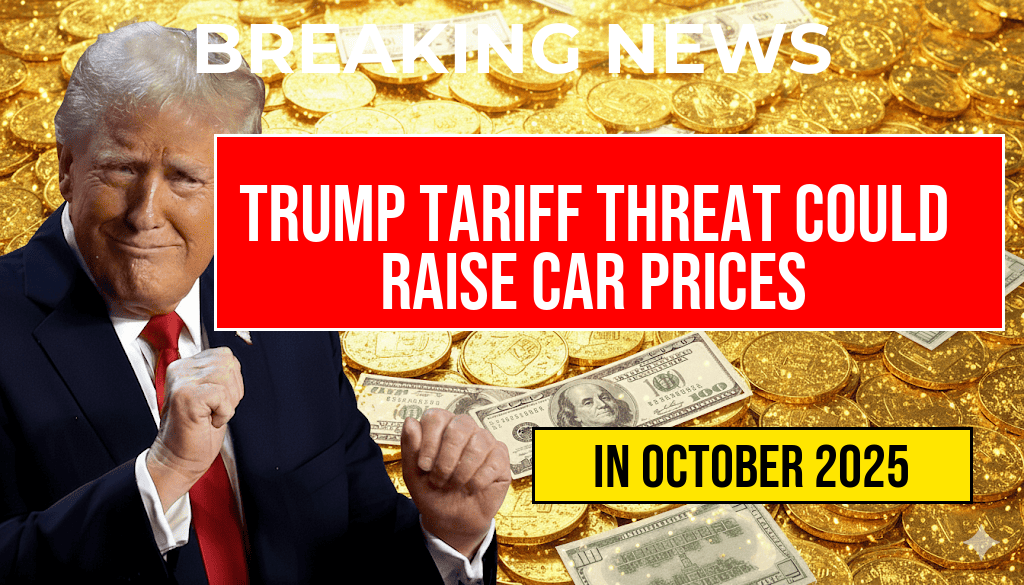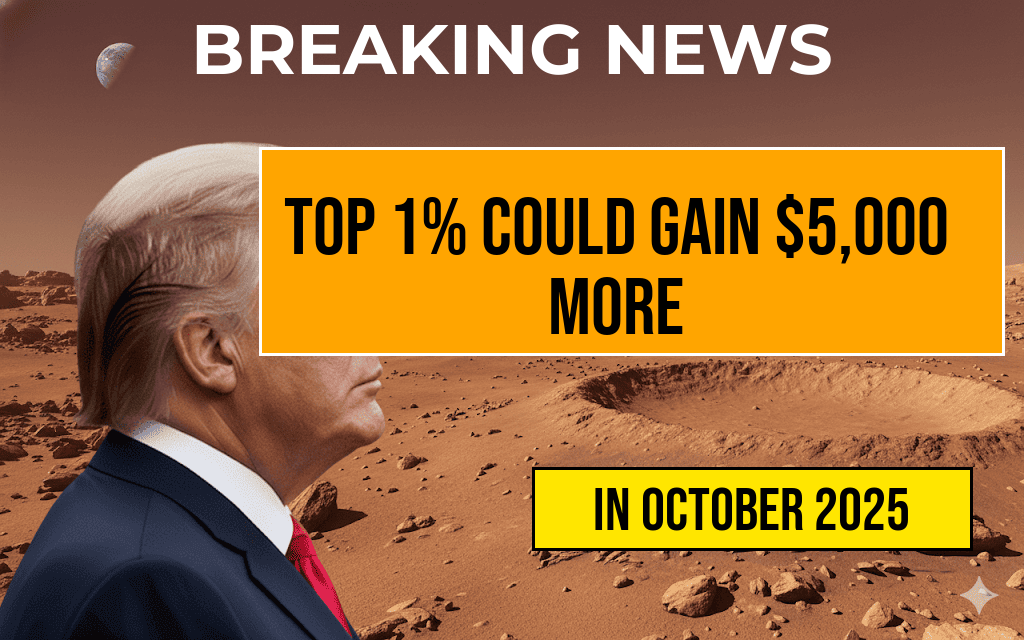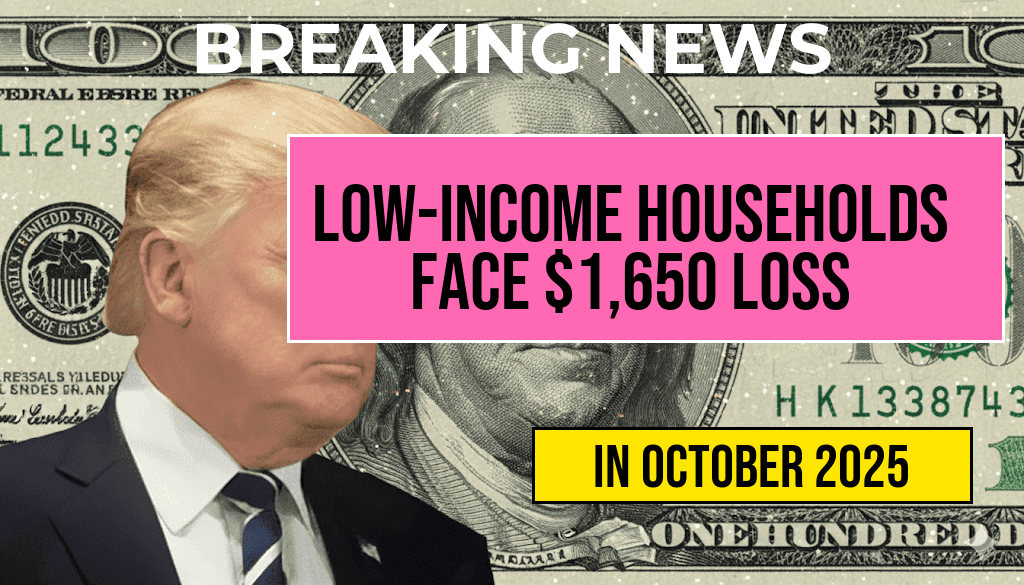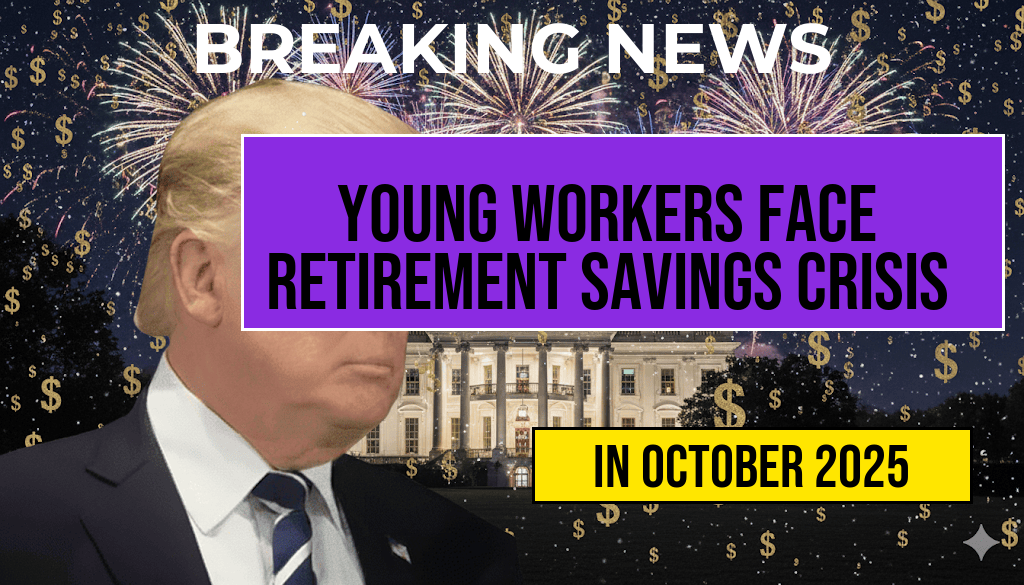Automakers and consumers are facing an uncertain outlook as recent signals from the Trump administration suggest the potential reintroduction of tariffs on imported vehicles. President Donald Trump has indicated he is considering new tariffs aimed at addressing trade imbalances, which experts warn could lead to significant price hikes for new cars in the United States. Estimates suggest that these tariffs could increase the average vehicle price by up to $5,286, depending on the vehicle’s origin and specifications. Such a move could ripple across the automotive industry, affecting supply chains, dealership inventories, and consumer affordability at a time when the market is already navigating post-pandemic recovery and supply chain disruptions.
Trade Policy Shifts and Their Impact on the Auto Industry
Background on Tariffs and Automotive Imports
Tariffs are taxes imposed on imported goods, often used as leverage in trade negotiations or as protective measures for domestic industries. The U.S. automobile market heavily relies on vehicles and parts imported from countries like Mexico, Canada, and Germany. According to data from the U.S. Bureau of Transportation Statistics, imports account for roughly 40% of all new vehicle sales, making the industry particularly sensitive to international trade policies.
Potential New Tariffs and Their Rationale
Administration officials have hinted that proposed tariffs could target foreign-made vehicles to counteract what they describe as unfair trade practices. While specifics remain under discussion, analysts predict that tariffs could range from 15% to 25%, aligning with previous trade disputes involving steel and aluminum. The goal is to incentivize automakers to boost domestic production, but critics argue that such tariffs risk driving prices upward for consumers and increasing manufacturing costs for automakers.
Economic Implications and Consumer Impact
Projected Price Increases for Vehicles
Economic modeling from industry analysts suggests that a 20% tariff on imported vehicles could raise the average transaction price by approximately $2,500 to $5,286. The variation depends on the vehicle type and manufacturer. For instance, luxury imports and trucks are likely to see higher increases given their higher base prices and import shares.
| Tariff Rate | Average Price Increase | Potential Additional Cost for Consumers |
|---|---|---|
| 15% | $1,875 | $3,750 (assuming a $25,000 average vehicle) |
| 20% | $2,500 | $5,000 |
| 25% | $3,125 | $6,250 |
Industry Responses and Market Dynamics
Automakers are already assessing how to mitigate potential price hikes. Some are considering shifting production to U.S. plants or increasing inventory ahead of tariff implementation. However, supply chain constraints, especially in semiconductor chips, complicate these efforts. Dealerships could face reduced inventory levels, further driving up prices and limiting consumer choices.
Broader Economic and Political Context
Trade Tensions and Policy Uncertainty
The threat of tariffs has added another layer of uncertainty to the U.S. auto market, which has been grappling with pandemic-driven disruptions and global supply chain challenges. The prospect of higher vehicle costs could dampen demand, especially among price-sensitive buyers, potentially slowing sales growth. Industry groups, including the National Automobile Dealers Association, have voiced concerns that tariffs could undermine consumer confidence and stall recovery efforts.
International Responses and Market Repercussions
Trade partners are closely monitoring the situation. Countries like Mexico and Germany, key sources of imported vehicles, have expressed concern over potential retaliatory measures, which could escalate into broader trade conflicts. Such tensions risk disrupting global automotive supply chains, potentially delaying new vehicle launches and affecting aftermarket parts availability.
Looking Ahead: Policy Uncertainty and Consumer Choices
While it remains unclear whether tariffs will be enacted or their final scope, the possibility alone has prompted automakers and consumers to prepare for a potentially more expensive new vehicle landscape. Buyers may increasingly consider used cars or alternative transportation options if costs rise significantly. Industry analysts recommend that consumers stay informed about policy developments and explore options early to mitigate future impacts.
As discussions continue, the automotive sector remains alert to the broader implications of trade policy shifts. For more detailed insights into the economic effects of tariffs, see this overview on tariffs in the U.S. and reports from Forbes on trade policy impacts.
Frequently Asked Questions
What is the main concern for new car buyers related to Trump’s tariff threat?
The primary concern is that vehicle prices could increase by up to $5,286 due to potential tariffs, making new cars more expensive for consumers.
How might the tariffs impact the overall new car market?
The tariff threat could lead to higher manufacturing costs, which may result in increased retail prices and potentially reduced sales in the new car market.
Which types of vehicles are most likely to be affected by these tariffs?
Vehicles that rely heavily on imported parts or are imported themselves are most vulnerable, potentially leading to the highest price increases in these categories.
What should consumers consider if they are planning to purchase a new car soon?
Consumers might want to act quickly to purchase before prices potentially rise due to tariffs, and should also consider alternative options like used cars or different brands.
Could the tariffs lead to changes in the automotive industry beyond pricing?
Yes, tariffs could incentivize automakers to shift production or source components domestically, possibly affecting availability and model choices in the market.






